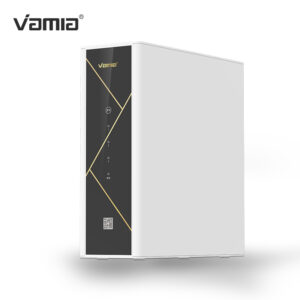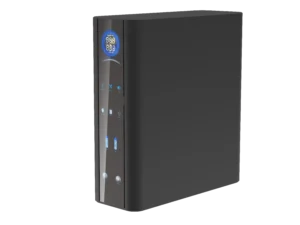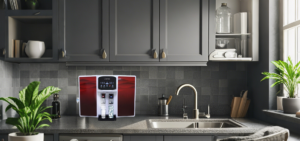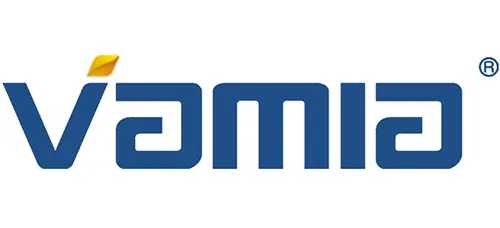Water Source Matters: Choosing the Right Purifier for Your Needs
Not all water is created equal, and the ideal purifier depends heavily on your local water source. Whether you rely on municipal tap water, well water, or surface water,
understanding its composition is key to selecting a system that effectively addresses contaminants. Here’s a breakdown of common water sources and matching purification strategies.
understanding its composition is key to selecting a system that effectively addresses contaminants. Here’s a breakdown of common water sources and matching purification strategies.

1. Municipal Tap Water:
Municipal supplies are treated with chlorine or chloramine to kill bacteria, but they may still contain trace chemicals (e.g., PFAS, lead from old pipes), heavy metals,
or microplastics. For these issues, a carbon-based filter or RO system works well. Carbon filters remove chlorine, odors, and organic compounds, while RO eliminates
Municipal supplies are treated with chlorine or chloramine to kill bacteria, but they may still contain trace chemicals (e.g., PFAS, lead from old pipes), heavy metals,
or microplastics. For these issues, a carbon-based filter or RO system works well. Carbon filters remove chlorine, odors, and organic compounds, while RO eliminates
dissolved solids and heavy metals. A UV sterilizer can add an extra layer of protection against rare bacterial leaks in the distribution system.
2. Well Water:
Well water is often free from municipal additives but may contain high levels of minerals (hard water), iron, sulfur, arsenic, or bacteria (e.g., E. coli from agricultural
Well water is often free from municipal additives but may contain high levels of minerals (hard water), iron, sulfur, arsenic, or bacteria (e.g., E. coli from agricultural
runoff). A multi-stage system is typically required:
- Pre-Filtration: Sediment filters remove rust and sand.
- Water Softener/Ion Exchange: Addresses calcium/magnesium for hard water.
- Activated Carbon: Reduces sulfur odors (“rotten egg smell”) and organic contaminants.
- RO or UF: Removes heavy metals and bacteria, depending on test results.
- UV Sterilization: Essential if coliform bacteria are detected.
3. Surface Water (Rivers/Lakes):
Untreated surface water is prone to turbidity, algae, pesticides, and pathogens like Giardia. A robust system should include:
Untreated surface water is prone to turbidity, algae, pesticides, and pathogens like Giardia. A robust system should include:

- Coarse Pre-Filter: Removes large debris like leaves and silt.
- Ultrafiltration or RO: Blocks bacteria, viruses, and colloidal particles.
- Activated Carbon: Adsorbs pesticides, herbicides, and industrial runoff.
- Chemical-Free Options: For camping or emergency use, portable UV pens or gravity-fed filters (e.g., ceramic elements) can provide on-the-go purification.
4. Hard Water Areas:
Characterized by scale buildup in sinks and appliances, hard water requires systems with ion exchange softeners or RO membranes. While softeners improve
Characterized by scale buildup in sinks and appliances, hard water requires systems with ion exchange softeners or RO membranes. While softeners improve
appliance lifespan, RO offers comprehensive filtration for both hardness and contaminants.
Key Steps Before Buying:
- Test Your Water: Use a home testing kit or professional lab to identify contaminants (e.g., lead, nitrates, bacteria).
- Flow Rate vs. Capacity: Larger households may need whole-house systems, while apartments can opt for under-sink or countertop models.
- Maintenance Costs: RO systems require more frequent filter changes than basic carbon models.
Water Purifier Factory, Water Purifier For Home, Water Purifier Machine,Water Purifier, Water Filter Purifier System
By matching your purifier to your water source, you ensure efficient contamination removal while avoiding unnecessary features. Whether dealing with urban
pollutants or rural mineral deposits, the right system can turn even challenging water into a reliable, safe resource.
pollutants or rural mineral deposits, the right system can turn even challenging water into a reliable, safe resource.
Water Source Matters: Choosing the Right Purifier for Your Needs

